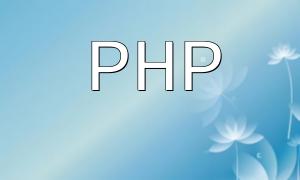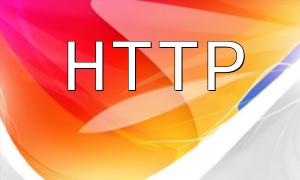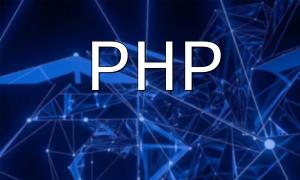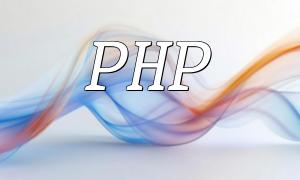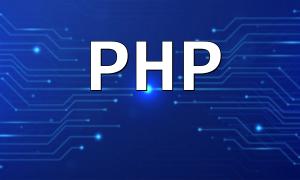PHP Framework Performance Optimization Tips: Boost Response Speed and User Experience
Improving the response speed of PHP framework applications is crucial for better user experience. By implementing a set of optimization techniques, you can significantly improve the performance of your application. Here are some key optimization strategies:
Optimization Techniques
Use Object Caching:
Store heavy query results or computationally expensive function calls using object caches like Redis or Memcached, reducing database query load.Enable Page Caching:
Use reverse proxy caching technologies like Varnish or Nginx to cache entire or partial web pages, minimizing server request handling frequency.Optimize Database Queries:
Use proper indexing and query strategies, and batch requests where applicable to increase database query efficiency.Reduce Unnecessary Requests:
Combine CSS and JS files, use lazy loading, compress images, and reduce unnecessary network requests to improve response time.Optimize Code:
Use appropriate data types, avoid unnecessary loops and variable copying, and leverage code analysis tools to identify performance bottlenecks.
Practical Case
Imagine you are working on an e-commerce application where the product detail page requires frequent database queries. To optimize performance, you can implement the following measures:
- Use Redis to cache product details and avoid repeated database queries.
- Cache the entire product detail page using Nginx to reduce server load.
- Optimize database queries by using proper indexing to speed up search results.
These optimizations greatly reduce database query frequency, speed up page loading times, and improve user experience.
Conclusion
By implementing these performance optimization tips, PHP framework developers can significantly enhance application response speed and deliver a better user experience. Additionally, continuous performance optimization and monitoring are essential for maintaining optimal application performance.

